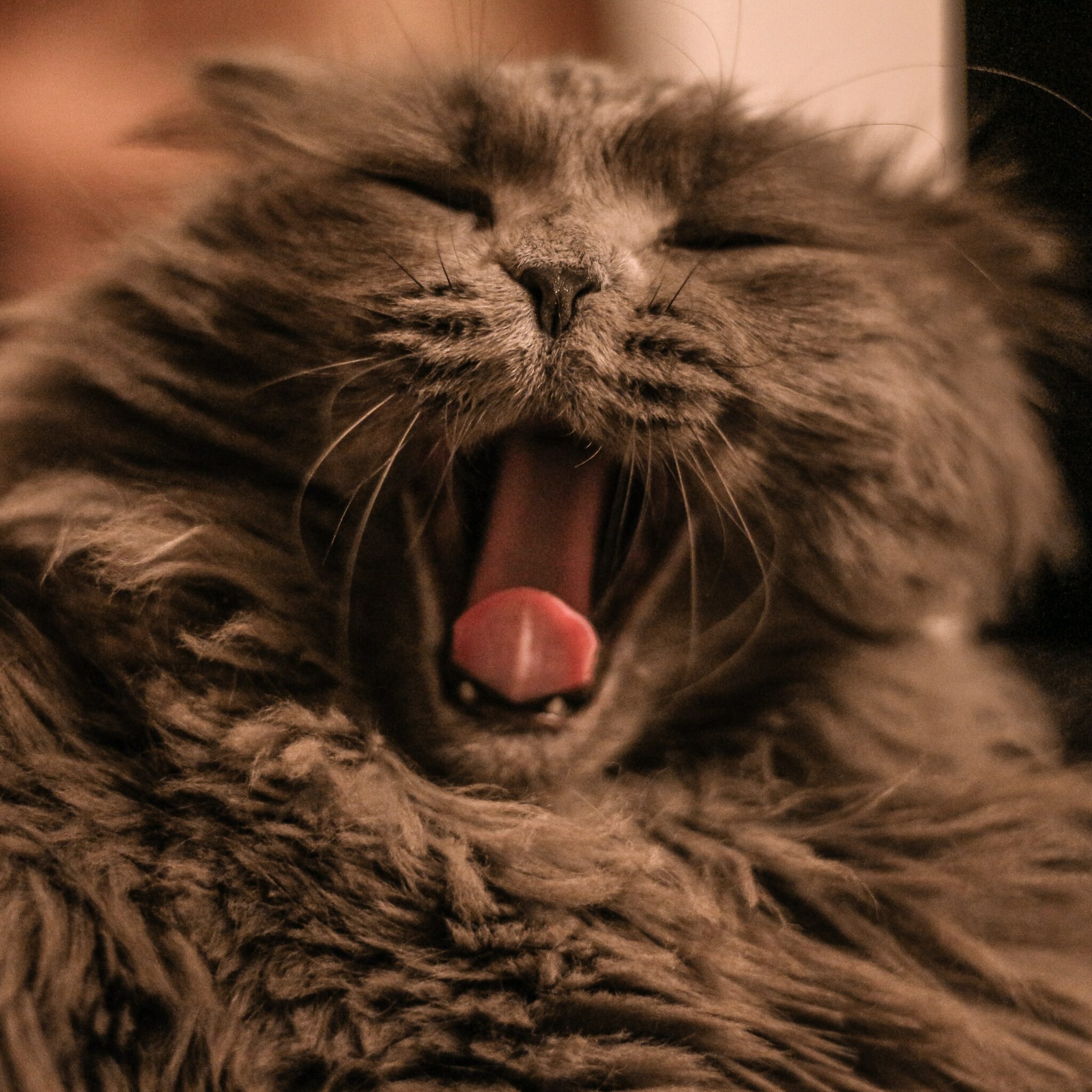Common Conditions of Older Cats
Common Conditions of Older Cats

The ‘top five’ diseases that occur in older cats are
The ‘top five’ diseases that occur in older cats are
- Chronic Kidney Disease
See https://icatcare.org/advice/chronic-kidney-disease/ for a detailed description of Chronic Kidney Disease in cats.
Around 20 to 50% of cats aged 15 years or older have some degree of kidney disease, and it is much more common in cats than dogs.
Sometimes, there are no obvious clinical signs with early stages of disease, which is way screening with blood and urine testing is recommended for older cats. The earlier the disease can be detected, the sooner proactive changes can be made.
The most common clinical signs of kidney disease are:
- Increased drinking
- Increased urination
- Weight loss
- Lethargy
- Poor appetite
- Hyperthyroidism (overactive thyroid gland(s))
See https://icatcare.org/advice/hyperthyroidism/
Hyperthyroidism affects around 10% of cats over the age of 10 years old globally. There are four principal treatment options available for this disease, including radioiodine therapy at a specialist centre, surgical removal of affected glands (thyroidectomy), medical treatments (including tablets, liquids or (off-label) transdermal gels), and iodine restricted diet therapy.
Left untreated, cats will become severely debilitated, and usually die from the effects of the disease.
Whichever therapeutic route is chosen, a hyperthyroid cat will require regular checks including weight, condition, heart assessment, blood pressure, and blood and urine tests, to ensure the disease is well-managed and not causing other problems.
Common clinical signs of hyperthyroidism in cats are:
- Increased appetite
- Increased thirst
- Weight loss
- Changes to their normal behaviour, e.g. being restless, agitated, more active, increased vocalisation
- Vomiting/diarrhoea
- Increased breathing and heart rates
- Unkempt coat
- Osteoarthritis
See https://icatcare.org/advice/arthritis-and-degenerative-joint-disease-in-cats/
It is estimated that over 90% of cats over 12 years of age have some degree of osteoarthritis (degenerative joint disease). This can cause significant detriment to their quality of life.
Diagnosing DJD in cats can be difficult – during a hands-on examination, cats will often give conflicting responses; they may have no pain but flinch and react just to get away from the contact, or they may have painful areas but not let on that anything hurts! It is often difficult for the vet to assess their gait, as they may just be scrunched up not moving at all. Even radiography will only diagnose DJD when it is already quite advanced.
Therefore, assessing your cat’s movements, mobility and activity levels is the best way to detect early indicators of painful arthritis.
Use this check list as a guide, and send your results to us if you are concerned:
- Diabetes
See https://icatcare.org/advice/diabetes-mellitus/
Between 0.2 to 1% of cats may develop diabetes, and the Burmese breed is even more predisposed. As with humans, there are lifestyle factors as well as genetic factors which can contribute to diabetes developing; inactive, overweight, middle-aged cats have more risk, with males being at more risk than females. Some drugs administered may also trigger the onset of diabetes, particularly steroids and progestogens (types of hormones).
Although in some cases, the diabetes may go into remission with diet change, weight loss, increased exercise and withdrawal of contributing drugs, most diabetic cats require injections with insulin to control their disease.
Common clinical signs of diabetes are:
- Increased thirst
- Increased appetite
- Weight loss
- Lethargy
- Sometimes weakness and walking ‘flat on their feet’ as opposed to up on their toes like normal.
- Cancer
See https://icatcare.org/advice/cancer-in-cats/
Sadly, as in human medicine, we are seeing more and more cases of cancer, mainly because our cats are all living longer!
There are many different types of cancers, ranging from benign localised and easily treated skin lumps, to aggressive, systemically invasive forms.
There are no ‘common’ clinical signs of cancer as a whole, but any lump you find on (or in) your cat should be checked out, and anything which seems abnormal should be discussed with your vet. Examples include:
- Unexplained weight loss
- Vomiting/diarrhoea
- Poor appetite
- Increased or decreased thirst
- Struggling to pass urine or faeces
- Limping
- Ataxia (wobbliness)
- Odd neurological signs, such as walking in circles, vacancy episodes, dragging 1 or more limb when walking
- Loss of normal litter training
- Loss of vision
- Seizures
- Unexpected skin/coat changes e.g. sudden baldness, or appearance of skin lesions
- Increased breathing rate or difficulty breathing
- Pot-bellied appearance
Hypertension – the 6th condition in our list of 5!
See https://icatcare.org/advice/hypertension-high-blood-pressure/
Hypertension (high blood pressure) can also occur in older cats, often in association with some of the conditions listed above, although 20% of hypertensive cats do not have any other associated illness.
Left untreated, hypertension may lead to blindness due to detached retinas or bleeding inside the eye, damage to the heart muscle, the kidneys, and the brain – sometimes the effects can be catastrophic or even fatal.
There are no conclusive clinical signs that a cat will show if it has developed hypertension, but by and large, it is easy to diagnose and easy to treat with medications, so checking cats’ blood pressures should be considered part of the routine ‘older cat’ screening.
